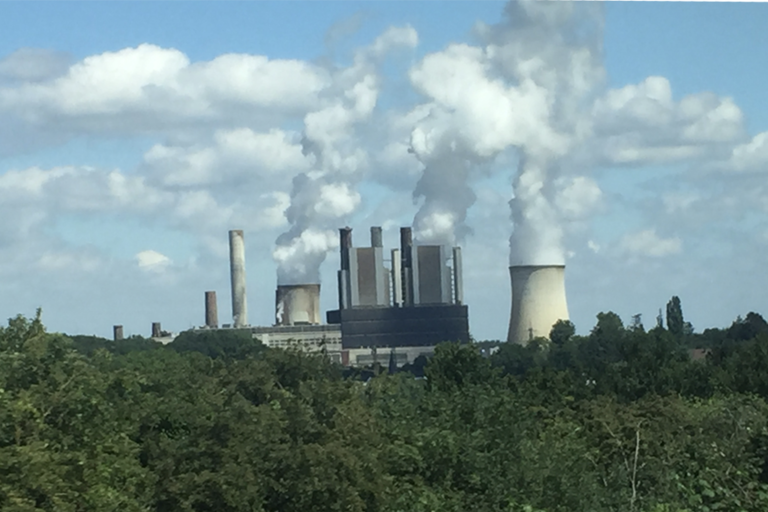New research shows hydrological limits in carbon capture and storage

“Water use is an important consideration in the implementation of Carbon Capture and Storage”
Our energy and water systems are inextricably linked. Climate change necessitates that we transition to carbon-free energy and also that we conserve water resources as they become simultaneously more in demand and less available. Policymakers, business leaders, and scientists seeking to address the urgency of climate change are increasingly looking to Carbon Capture and Storage (CCS) to help meet global climate goals. While CCS minimizes emissions from the combustion of fuels, its impact on global water resources has not been widely explored. New research(link is external) shows that CCS could stress water resources in about 43% of the world’s power plants where water scarcity is already a problem. Further, the technology deployed in these water-scarce regions matters, and emerging CCS technologies could greatly mitigate the demand CCS places on water consumption.
Energy-producing facilities such as coal-fired power plants consume large amounts of cooling water. The type of cooling method used in a power plant (wet cooling towers, once-through cooling, or air-cooled condensers) affects water consumption. Installing CCS at these facilities requires that they produce additional energy to compensate for the energy used by the CCS process. With that comes additional cooling water consumption. In addition, the CCS process itself adds to the overall water consumption in a fashion that depends upon the CCS technology deployed.
Most CCS projects currently operational worldwide use absorption technologies. Common absorbents are aqueous bases containing amine groups that bind to carbon dioxide, separating it from other gases in the flue mixture. The process of absorption of CO2 into these solvents and subsequent regeneration of the solvents require energy withdrawal from the power plant. The circulation of large quantities of solvents results in water loss by evaporation. Other state-of-the-art CCS technologies use far less water as they separate the carbon dioxide from flue gas by adsorption onto solid materials, or pass the exhaust gas through membranes. These technologies potentially reduce both the energy load and water consumption.
In this research(link is external) we examine how CCS can be implemented sustainably without compromising water resources. Specifically, does the addition of CCS to coal-fired power plants impact water consumption in any region of the world significantly enough to induce or exacerbate water scarcity? We modeled the hypothetical implementation of four different CCS technologies at every global coal-fired power plant of significant size currently operating around the world and studied the impact on regional water withdrawals and consumptions. Using a global biophysical monthly hydrological analysis, we assessed where, when, and to what extent water scarcity could constrain the implementation of CCS.

Somewhat surprisingly, we found that in cases where water scarcity does not already exist, the addition of CCS will not generally induce scarcity. However, we also found that 43% of the current installed global coal-fired power capacity is located within regions that now experience water scarcity for at least one month a year, and over 30% of global capacity faces scarcity for five or more months a year. In these regions, implementation of CCS technologies worsens the water stress. Retrofitting power plants with less water-intensive capture technologies could mitigate competition for freshwater resources, and the choice of cooling methods becomes increasingly important.
Our results enable a more comprehensive understanding of water use by coal-fired plants with, and without, carbon capture. Careful trade-offs need to be considered, and the choice of carbon capture technology is very relevant. We believe that this work will serve as a guide to policymakers as we ramp up the implementation of CCS around the world.
Research is online here: Nat Sustain (2020) https://doi.org/10.1038/s41893-020-0532-7
